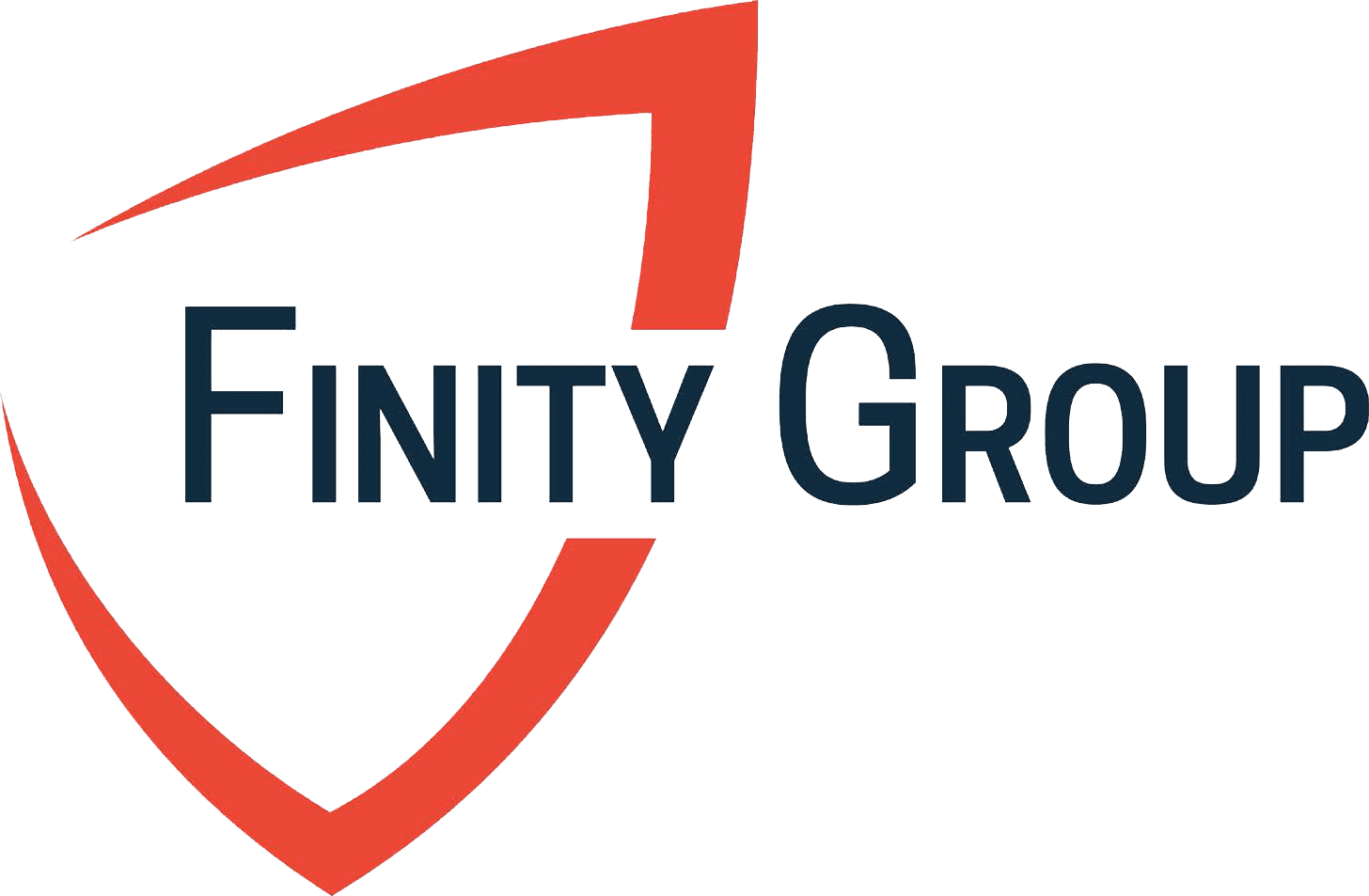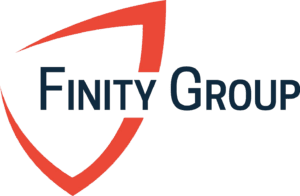Written by: Spencer Salvador
This blog post was originally published on May 20th, 2019 and has since been revised and updated.
To see our entire conversation about PSLF, download the podcast episode on Financial Clarity for Doctors.
“Have you ever heard of the Public Service Loan Forgiveness program?”
“Yes.”
“Do you know what steps you have to take to qualify for forgiveness under the program?”
“No.”
It seems if you’re a physician or other medical professional you’ve likely heard of the Public Service Loan Forgiveness / PSLF program and the benefit it offers. Navigating student loan debt is an integral part of financial planning for physicians, especially in the early stages of their career. However, when it comes to the actual steps one must take to qualify for PSLF it seems like people are less informed, so let’s address the ‘how to’ question for forgiveness.
The U.S. Department of Education defines PSLF as a program that forgives the remaining balance on your Direct Loans after you have made 120 qualifying monthly payments under a qualifying repayment plan while working full-time for a qualifying employer.
The word “qualifying” is used 3 times in their definition. They also specify the type of loans that “qualify.”
That’s the key…make sure you’re on track to qualify (soon to be your favorite word). So what do you need to do? Here are the steps:
Type of Loans – Direct Loans
Only Direct Loans are eligible for PSLF. How do you know if you have Direct Loans? Luckily, to make it obvious, the word “Direct” will be in the title.
If you’re unsure about the title of your loans, log into your loan servicer’s website and check the title of each loan. Another option is to visit the National Student Loan Data System (NSLDS – http://nslds.ed.gov) which offers a centralized location for loan recipients to view or inquire about their loans.
If all or some of your loans are not Direct Loans those will not be forgiven unless you take the necessary action to make them eligible for forgiveness. To do so, you’ll need to consolidate your non-Direct Loans into a “Direct Consolidation Loan.” You can apply for a Direct Consolidation Loan online at no cost by going to www.studentloans.gov.
*Please note, if you have both Direct Loans and non-Direct loans you should be cautious when thinking about consolidating to a Direct Consolidation Loan. You will lose credit for any qualifying payments you’ve previously made on your Direct Loans if you consolidate them with non-Direct loans. In many circumstances, you’ll only want to consolidate to a Direct Consolidation Loan with only your non-Direct loans.
Employer – Non-Profit
You must work full-time for a qualifying employer to be eligible for PSLF. What is considered full-time? How do you know if your employer qualifies?
In general, full-time employment is considered working at least 30 hours per week or if you meet your employer’s definition of full-time – whichever is greater. If you have multiple qualifying employers, you may meet the full-time employment requirement if you work at least 30 hours per week on average.
The Department of Education lists the following organizations as qualifying employment for PSLF:
• Any level of government organization (federal, state, local, or tribal)
• Non-profit organizations that are tax-exempt under Section 501(c)(3) of the Internal Revenue Code
• Other types of non-profit organizations that are not tax-exempt under Section 501(c)(3) of the Internal Revenue Code, if their primary purpose is to provide certain types of qualifying public services
Basically, you need to work for a government or non-profit institution. To be sure your employer qualifies for PSLF, you need to submit the Employment Certification Form each year of your employment whether you stay at one employer, work for multiple employers, or change employers periodically. If you’ve missed filing the form for a previous employer or for previous years at your current employer, you can file now and receive credit retroactively for qualifying employment – assuming you have met the other requirements.
Follow the instructions on the Employment Certification Form for where to send the completed form.
*The below is taken directly from the Employment Certification Form instructions
The above requirements are what we see most commonly missed by individuals hoping to qualify for forgiveness. Beyond confirming all your loans are Direct loans and filing the Employment Certification Form each year, the other steps to qualify are relatively straight forward.
Loan Servicer – FedLoan Servicing
Your loan servicer must be FedLoan Servicing to qualify for PSLF (although that will be changing at the end of 2021 as their contract is expiring with the Department of Education). What if your servicer is not FedLoan Servicing? You need to submit the Employment Certification Form (see above) to transfer your loans to FedLoan Servicing.
During this transfer process be sure to stay on top of everything. We recommend contacting FedLoan Servicing once per week until they’ve been able to confirm your loan information has been received and that you’re officially on track for PSLF.
There is a section on MyFedLoan.org where you can track how many qualifying payments you’ve made under PSLF. Be sure to check back annually to confirm the number of qualifying payments they have listed for you matches the actual number of payments you’ve made. If there’s a discrepancy in the number then you’ve likely missed a step or there is missing information on your Employment Certification Form. We recommend rectifying any errors as soon as possible.
Repayment Plan – IBR/PAYE/RePAYE/Standard 10-year
Only payments made on one of the income-driven repayment plans or the Standard 10-year repayment plan qualify for PSLF.
Once you’ve ensured your loans are Direct loans and you’re working for a qualifying institution your monthly payments on the qualifying repayment plans should begin accruing towards the 120 required payment mark.
If you’re curious which repayment option makes the most sense for your situation we recommend consulting both your financial advisor and your loan servicer.
Summary
For most individuals hoping to qualify for Public Service Loan Forgiveness, they carry a significant amount of debt. It is of utmost importance to ensure you’re taking the necessary steps mentioned above to make sure you’re on track from forgiveness.
If you don’t, you could end up with a very disappointing surprise when you go to apply for PSLF.
Again, the U.S. Department of Education defines PSLF as a program that forgives the remaining balance on your Direct Loans after you have made 120 qualifying monthly payments under a qualifying repayment plan while working full-time for a qualifying employer.
Here’s a quick breakdown:
1. Your loans must be Direct loans.
2. You must work for a qualifying employer – government or non-profit. You can confirm your employer qualifies by filing the Employment Certification Form each year.
3. Your servicer must be FedLoan Servicing.
4. You must be on a qualifying repayment plan – IBR/PAYE/RePAYE or 10-year Standard.
5. You must make 120 monthly payments.
After all of that, the final step is to apply for forgiveness. Here’s a link to the Public Service Loan Forgiveness application: https://studentaid.ed.gov/sa/sites/default/files/public-service-application-for-forgiveness.pdf
Can’t qualify for PSLF? Here are some other options for medical school loan forgiveness. Alternatively, you could consider refinancing your medical school loans.
Related Blog Posts:
Resources:
https://studentaid.ed.gov/sa/repay-loans/forgiveness-cancellation/public-service
https://studentaid.ed.gov/sa/repay-loans/forgiveness-cancellation/public-service/questions



